This website uses cookies so that we can provide you with the best user experience possible. Cookie information is stored in your browser and performs functions such as recognising you when you return to our website and helping our team to understand which sections of the website you find most interesting and useful.
Zboriv Territorial Community
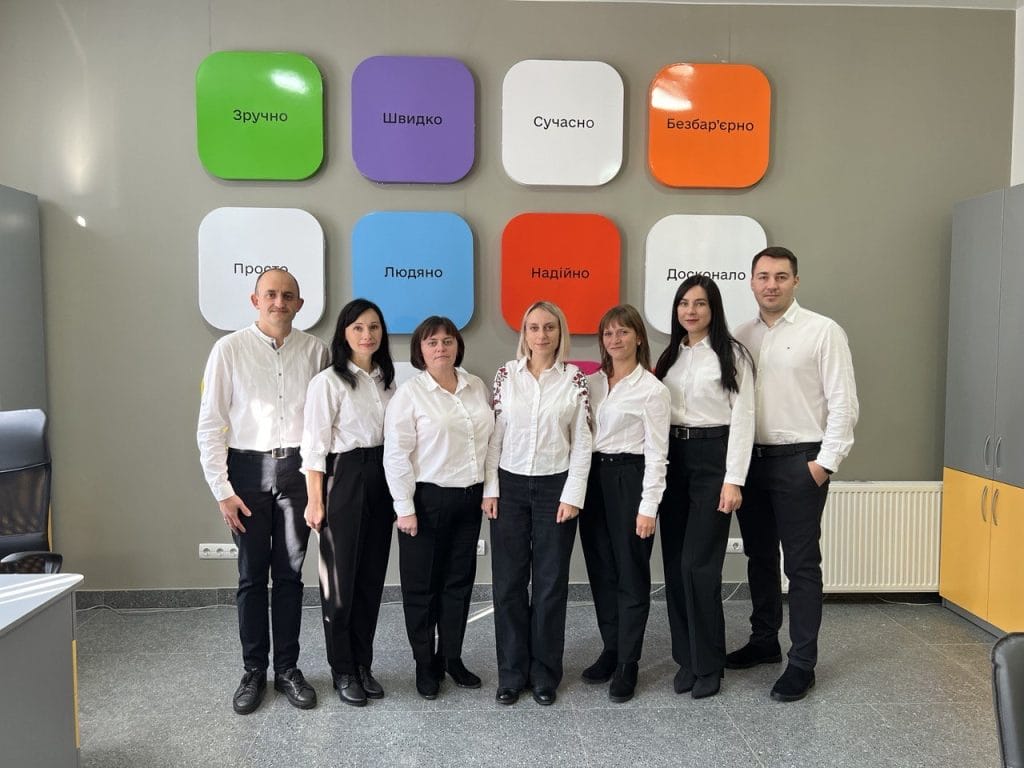
The community is located in the Ternopil district in the west of the Ternopil region and borders the Lviv region.
The area of the community is 471.0 km². The administrative center is Zboriv.
The community was formed in November 2017 by merging the Zboriv town council, 14 former village councils of Zboriv district and 2 village councils of Kozivka district. The total number of population centers is 53, including 1 town and 52 villages.
The distance to the “Zboriv” railway station is 3 km. The distance to the regional center is 35 km.
The population is 19,364 people.
Men: 9,656 people.
Women: 8,871 people.
Internally displaced persons: 891.
History
The Zboriv area covers the northeastern part of the Podillia Highlands. In the west, it reaches the northeastern edge of Opillia, as well as Prybuzka Hollow, in the north – the limestone range of Tovtriv, and in the east and south it connects with the Ternopil plateau.
Many historical events took place on the territory of the district, including the Battle of Zboriv, the conclusion of the Zboriv Treaty, battles of the 1st and 2nd World Wars. In the fall of 1654 during the Liberation War of 1648-54, a camp of the Polish-Lithuanian Commonwealth (Commander Stanislav “Revera” Pototskyi) was located on the territory of the district before it started its campaign in the Bratslav area.
From the end of the 19th century until 1939, the societies “Prosvita”, “Sokil”, “Sich”, “Vidrodzhennia” (Brotherhood of Sobriety), “Luh”, “Union of Ukrainian Women”, “Silskyi Hospodar” and others operated here.
During the Second World War and after it, the armed underground of the OUN-UPA operated in the Zboriv area which included the victims of the repressions of the Soviet authorities.
Despite the ancient history, there are not many architectural monuments on the community’s territory. Wooden buildings were destroyed by fire. However, some sacred sights of the town were preserved or restored by the efforts of local residents.
The Church of the Transfiguration of the Lord was built in the Baroque style of the 18th century. Initially, the temple was wooden, but later it was rebuilt from stone. Scientists believe that the shrine was built during the founding of the town (the first written mention of it dating back to 1624). Evidence was found that a German officer marked the place where the Transfiguration Church was located on the map of the Battle of Zboriv in the middle of the 17th century. In the early 18th century, the church underwent reconstruction and acquired three onion domes. The foundation was made of oak and the walls were made of pine wood. Today, the shrine is an architectural monument of national importance. The services are conducted by the fathers of the Ukrainian Greek Catholic Church.
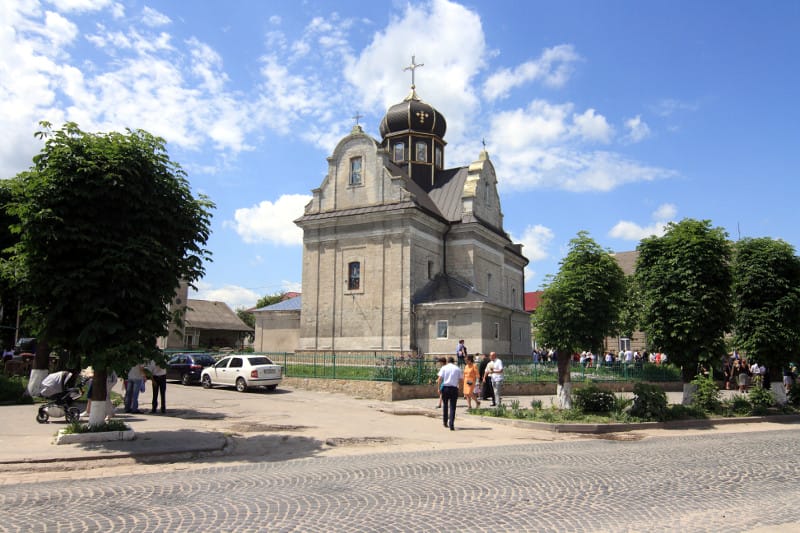
Also, there is a cross on the premises of the church in honor of the abolition of the serfdom in 1848, a cross of Holy Sobriety, a chapel of the Most Holy Theotokos, and a commemorative sign erected in honor of the 500th anniversary of the Union of Brest.
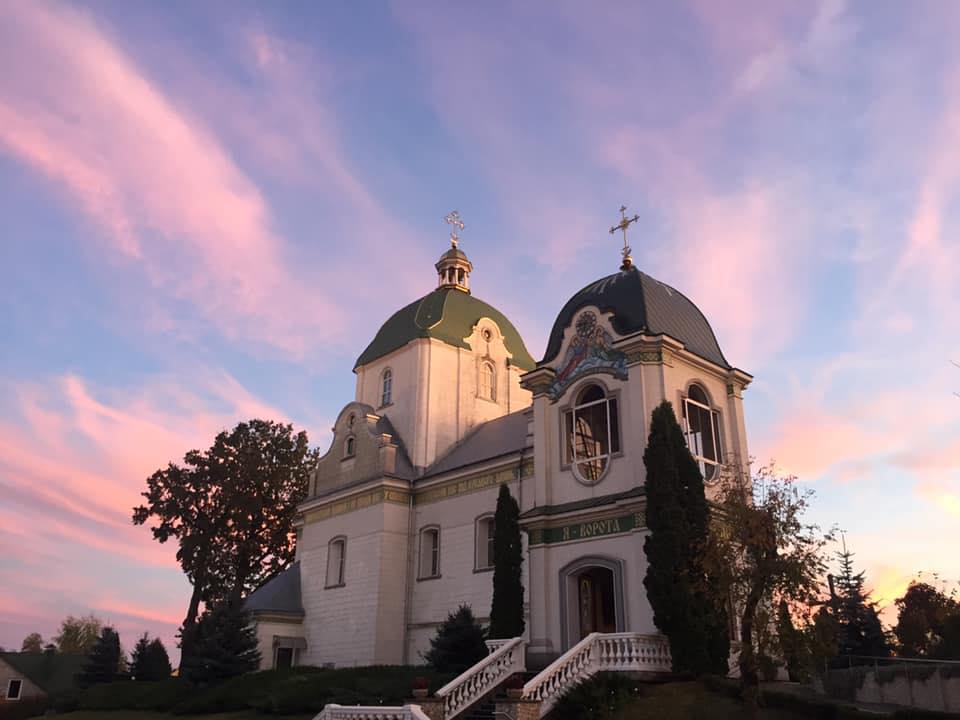
Another notable church in Zboriv is the Church of the New Ukrainian Martyrs. The shrine was built on the foundation of the Roman Catholic church that existed in the 1730s-1750s. It is interesting that the temple at that time stood on the defensive ramparts of the town where the Battle of Zboriv took place.
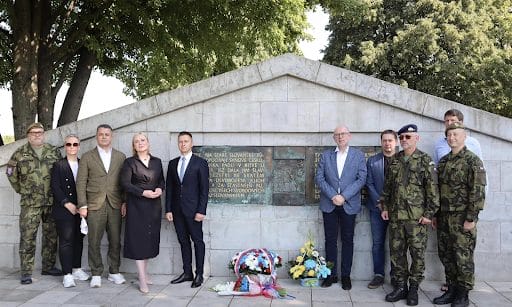
There is a memorial burial of Czech legionnaires on the territory of the community. After all, on July 2, 1917, a fierce battle took place near Zboriv between three Czech regiments that sided with the russian army and the Austro-Hungarian army. In the village of Kalynivka, which was called Tetsova until 1964, there is a mass grave of 190 Czech soldiers who died in the battle.
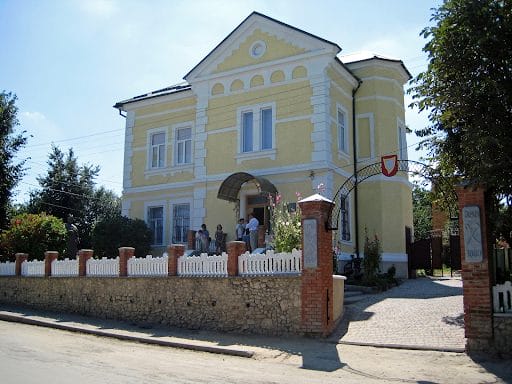
The Battle of Zboriv Museum has operated since 1995 and is of symbolic importance. The detailed expositions in the museum tell about the historical events of 1649 and the selfless struggle of subsequent generations for the freedom of Ukraine.
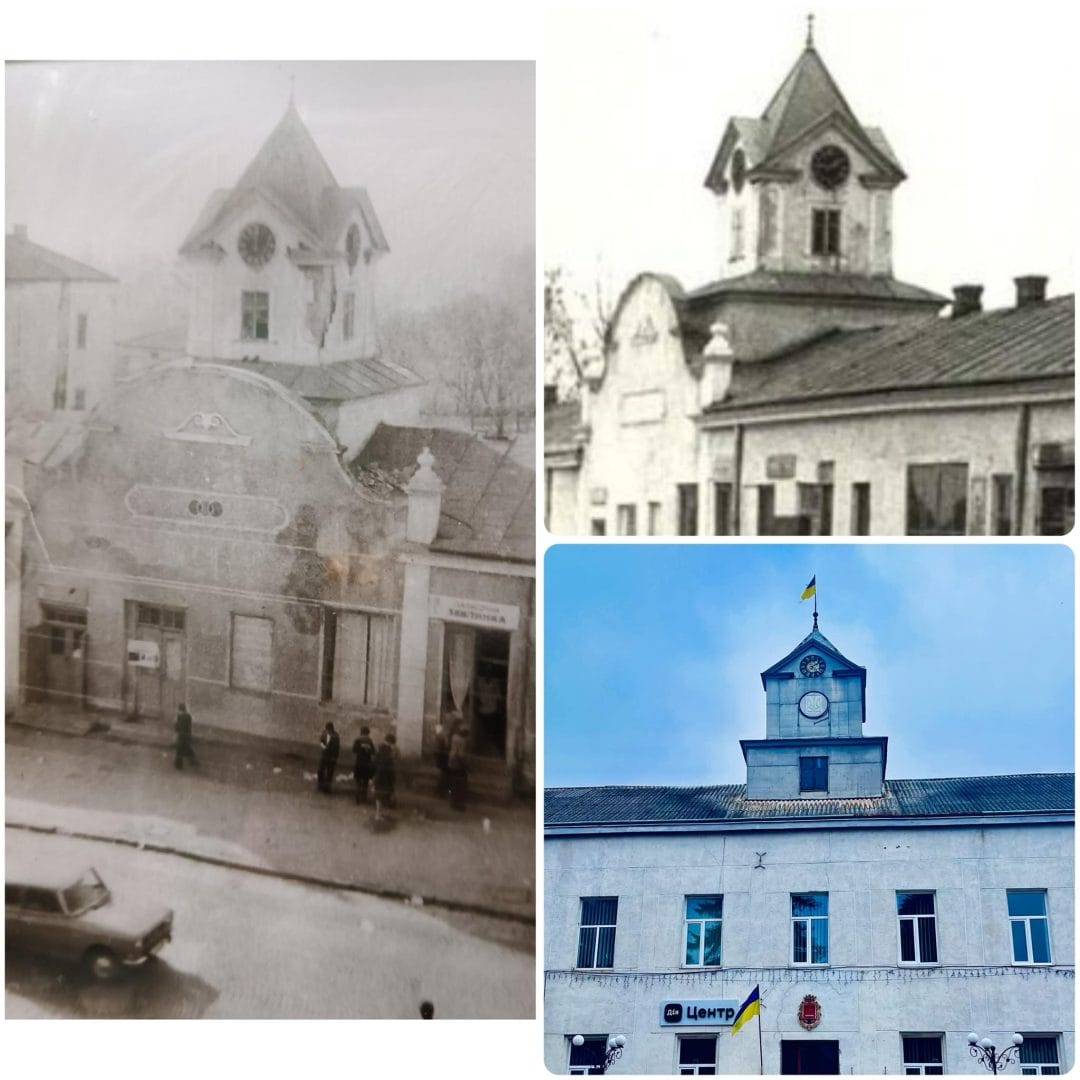
The Town Hall of Zboriv is located at 24 B. Khmelnytskoho Street. It has a tower clock. Previously, the Town Hall was located in another place, but it was completely destroyed. Fortunately, the clock mechanism, guides and dials were preserved. At the end of the 80s, a new town hall was built (a copy of the original), in which the mechanism of the tower clock itself was mounted.
The tower clock was made in 1931 by the Polish master Michał Mięsowicz who was the founder and owner of the First National Tower Clock Factory in Krosno (1901).
Economy and Welfare
The main types of economic activity on the territory of Zboriv United Territorial Community include the cultivation of agricultural products (cereals and industrial plants).
There are 18 farms that cultivate land with an area of 100 to 3,000 hectares and 11 farms that cultivate land with an area of less than 100 hectares; a slaughterhouse in Zboriv; enterprises engaged in poultry farming (4 poultry farms operate on the territory of the United Territorial Community in the town of Zboriv and the villages of Meteniv, Harbuziv, and Virliv); and enterprises engaged in brick production – 2 brick factories are operating in Zboriv and Oliiv.
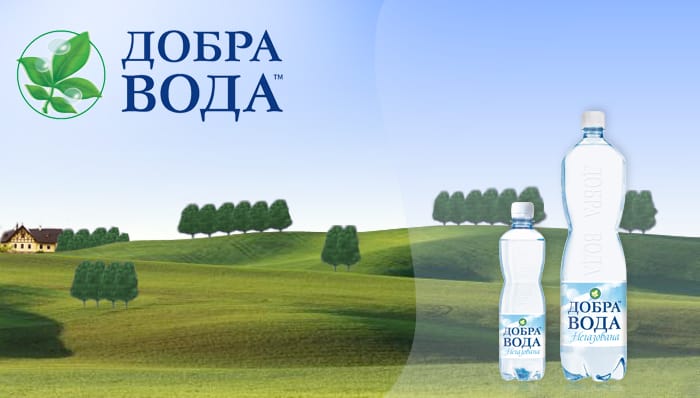
The community has the enterprise Dobra Voda, which, since 2005, has been a part of the holding company “Karlovy Vary Mineral Waters” – the leading producer of bottled water in the Central European region.
The Zboriv Poultry Farm, operating in the community, was registered in April 2005. The main type of activity at that time was poultry breeding, broiler meat production, the full cycle from slaughter to meat processing, as well as selling in trade networks of Ukraine.
The enterprise has its own trademark “Zborivski Kurchata”. In 2018, the Company changed its main activity to the production and sale of electricity at a green tariff. In the same year, the first wind power plant (Zboriv WPP) was built and put into operation. Currently, the company’s power generation capacity from alternative sources exceeds 1.5 MW/h.
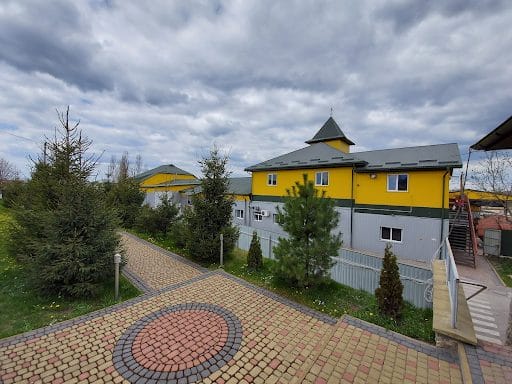
The Enterprise Bilyi Bereh is focused on the production of poultry meat. It is also engaged in the production of meat products, wholesale trade of meat and meat products, provision of other individual services, retail trade in non-specialized stores, mainly in food products, beverages and tobacco products, retail trade of meat and meat products in specialized stores.
There is also the enterprise Harbuzivski Kurchata whose activities include the breeding and growing of poultry (chickens, turkeys, ducks, geese, guinea fowl), obtaining poultry eggs, operation of hatchery stations for breeding poultry.
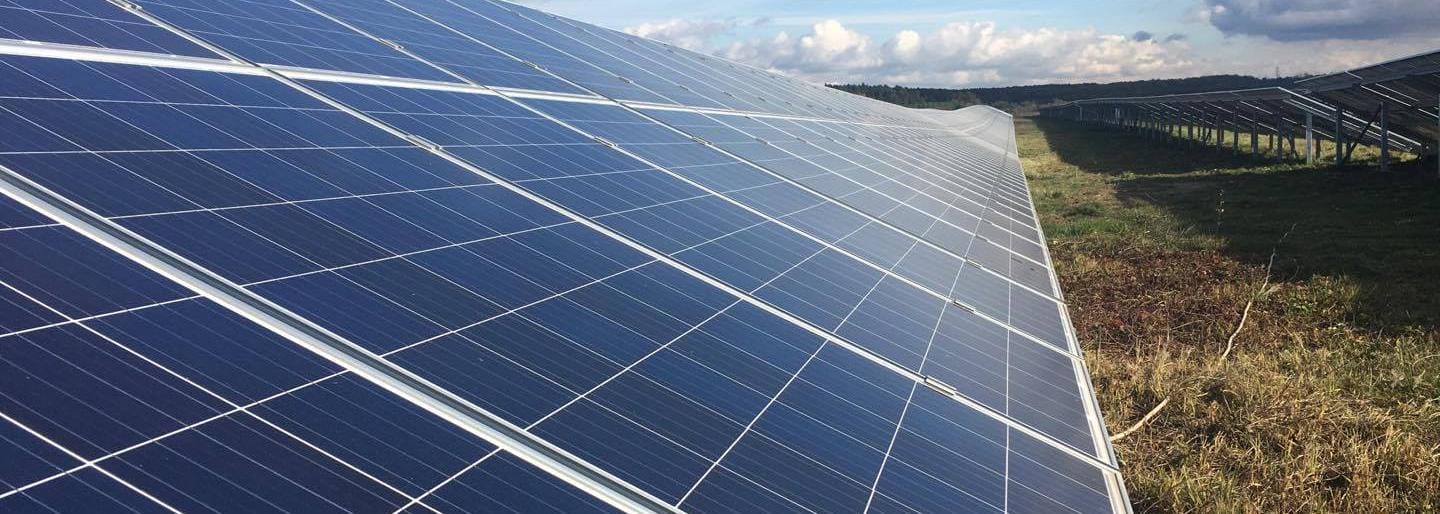
Donso LTD solar power plants are located in the village of Hukalivtsi (outside the population center) on two plots of land with a total area of 64.1 hectares. Their capacity is 22.78 MW. The main type of activity of the Donso LTD solar power plant is the production of electricity.
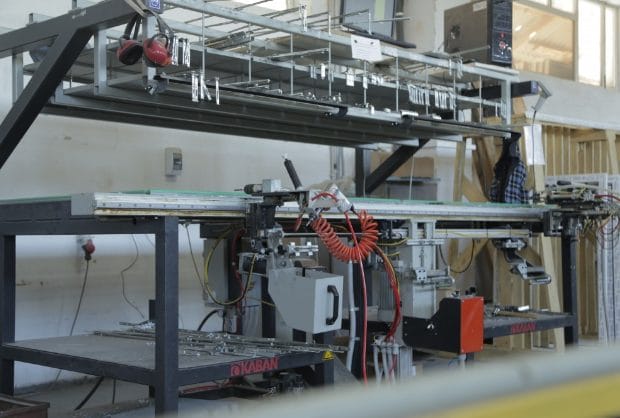
Panorama has been working on the market of translucent structures since 2002 and is one of the most active participants in the rapidly developing PVC market in Western Ukraine. The main areas of the company’s activity are the manufacture and installation of high-quality metal-plastic and aluminum structures. In addition, the company cooperates with banks that provide warm loans for citizens.
The Departments of Education, Culture, Youth and Sports, Labor and Social Protection of the Population operate at the Zboriv Town Council. The communal institution “Social Services Center” provides social services to the residents of the Zboriv Territorial Community.

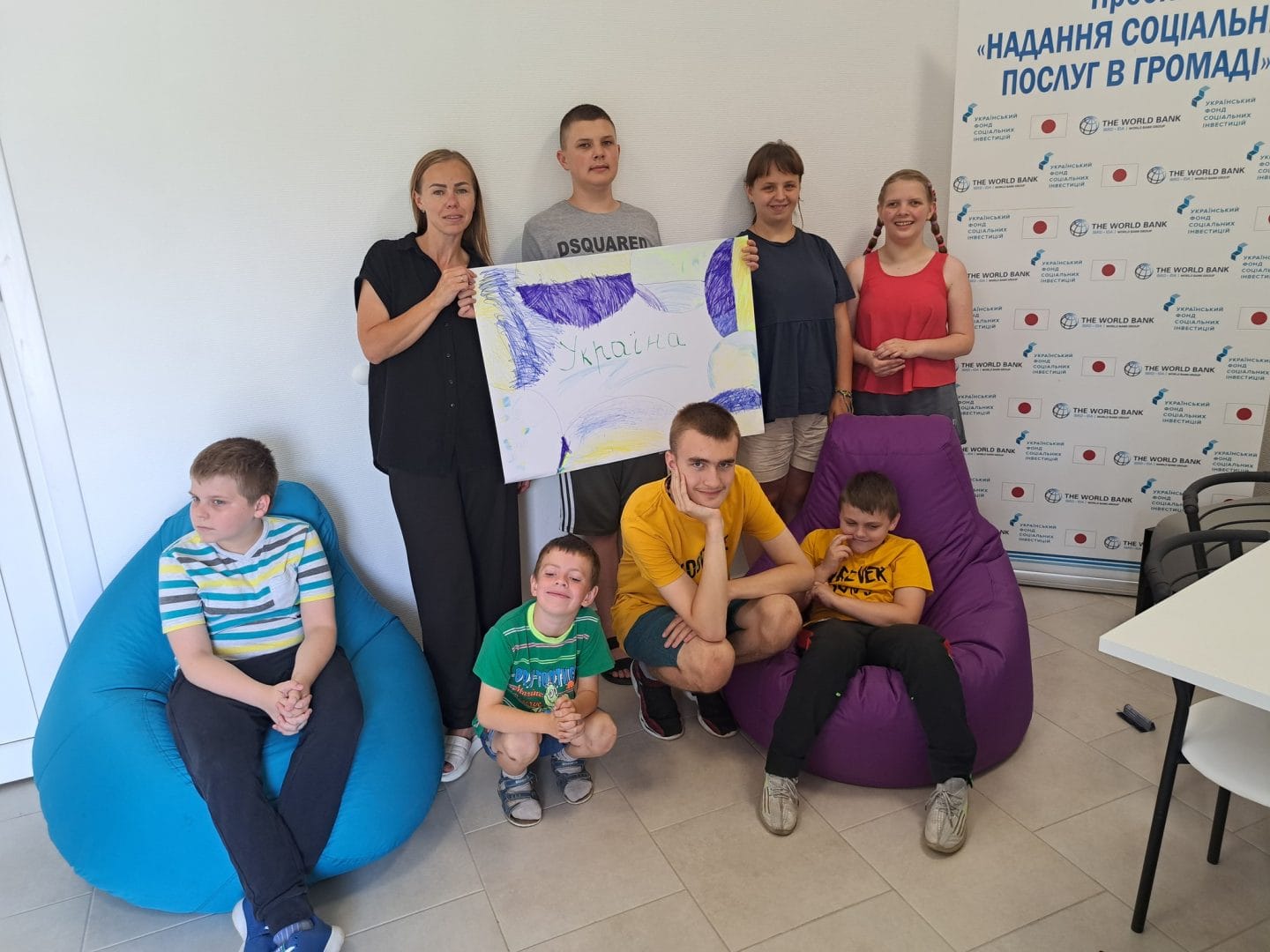
The field of education works effectively in the Zboriv Territorial Community, for which the largest part of funds is allocated from the community budget. On the territory of the community, there are 16 general education institutions, 7 institutions of preschool education, and 2 institutions of out-of-school education.
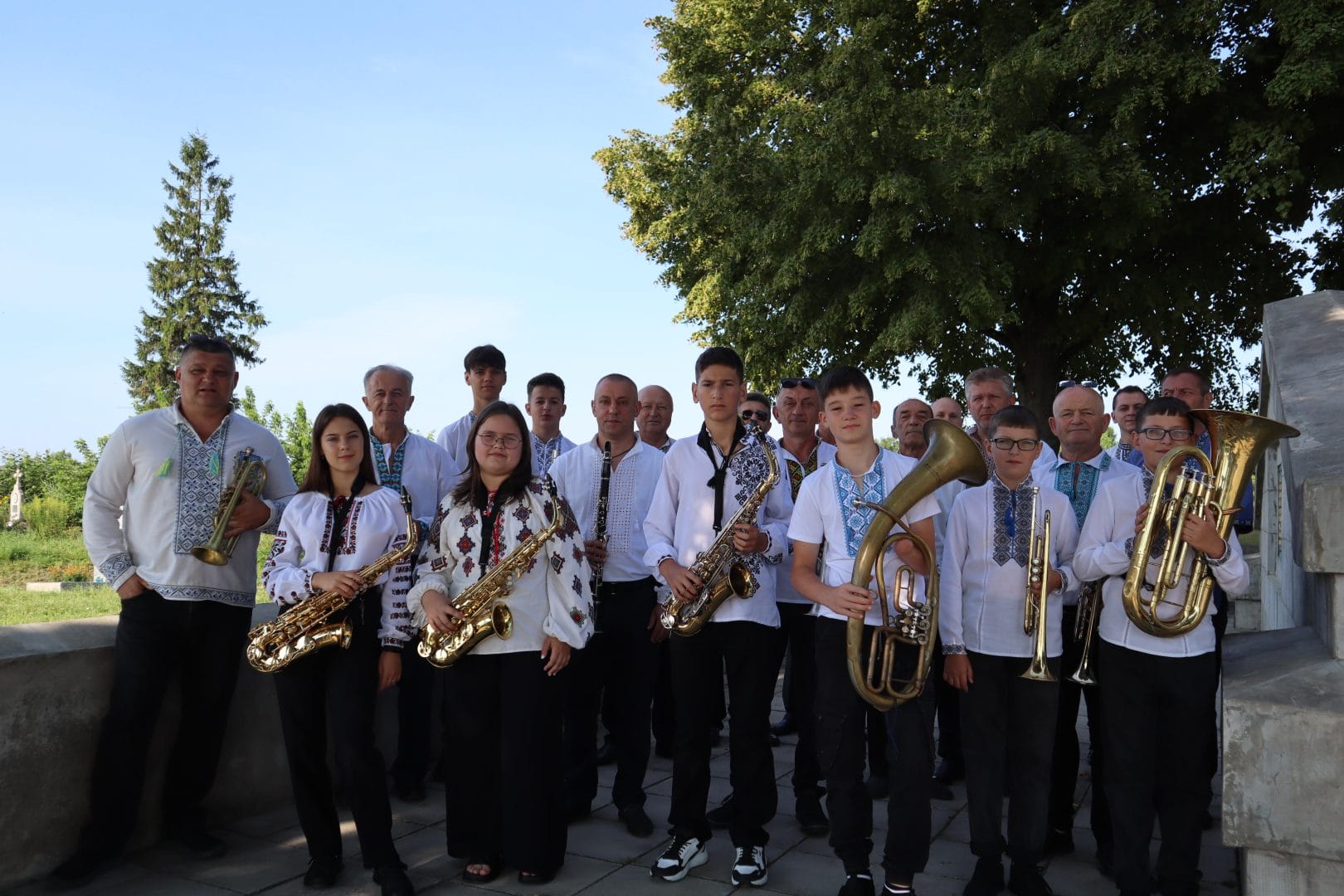
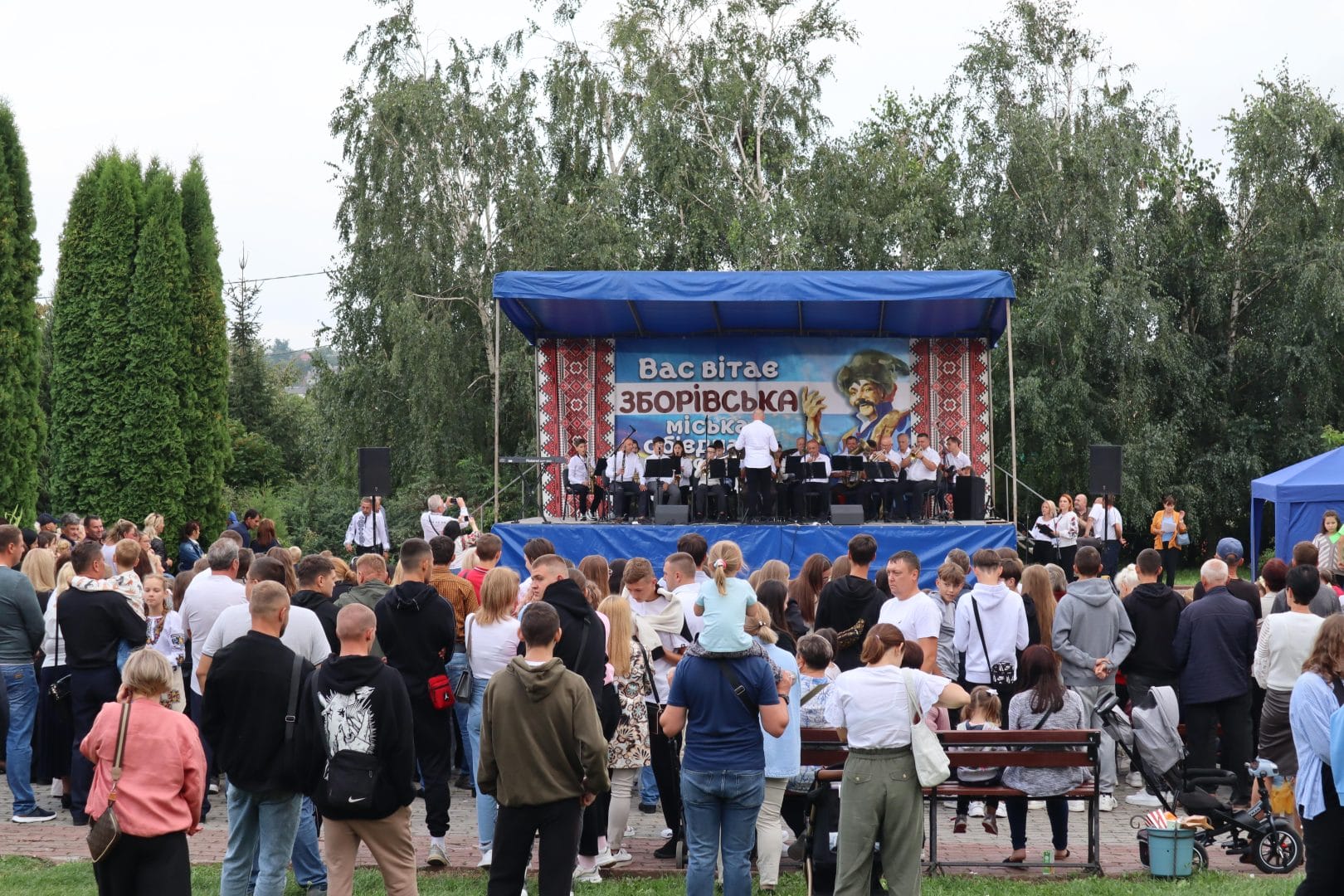
There are 65 cultural institutions on the territory of the community, including a music school, a historical museum, libraries, cultural centers and village clubs.
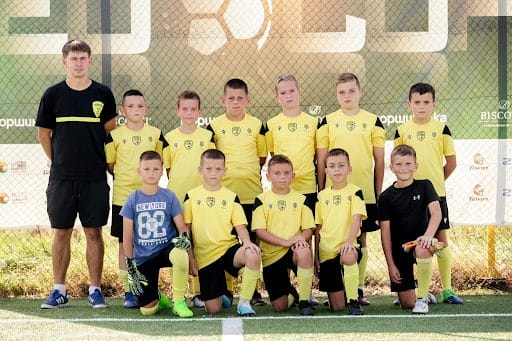
Sports are well developed in the community. A children’s and youth football club and a children’s and youth sports school are actively developing in the town. They participate in both national and international competitions.
Community and War
With the beginning of the full-scale invasion, about 1,000 men from the community stood up to defend the Ukrainian borders. To date, 33 servicemen from the community have died, 37 are considered missing, 43 servicemen have been treated in the Zboriv Central District Hospital after being wounded.
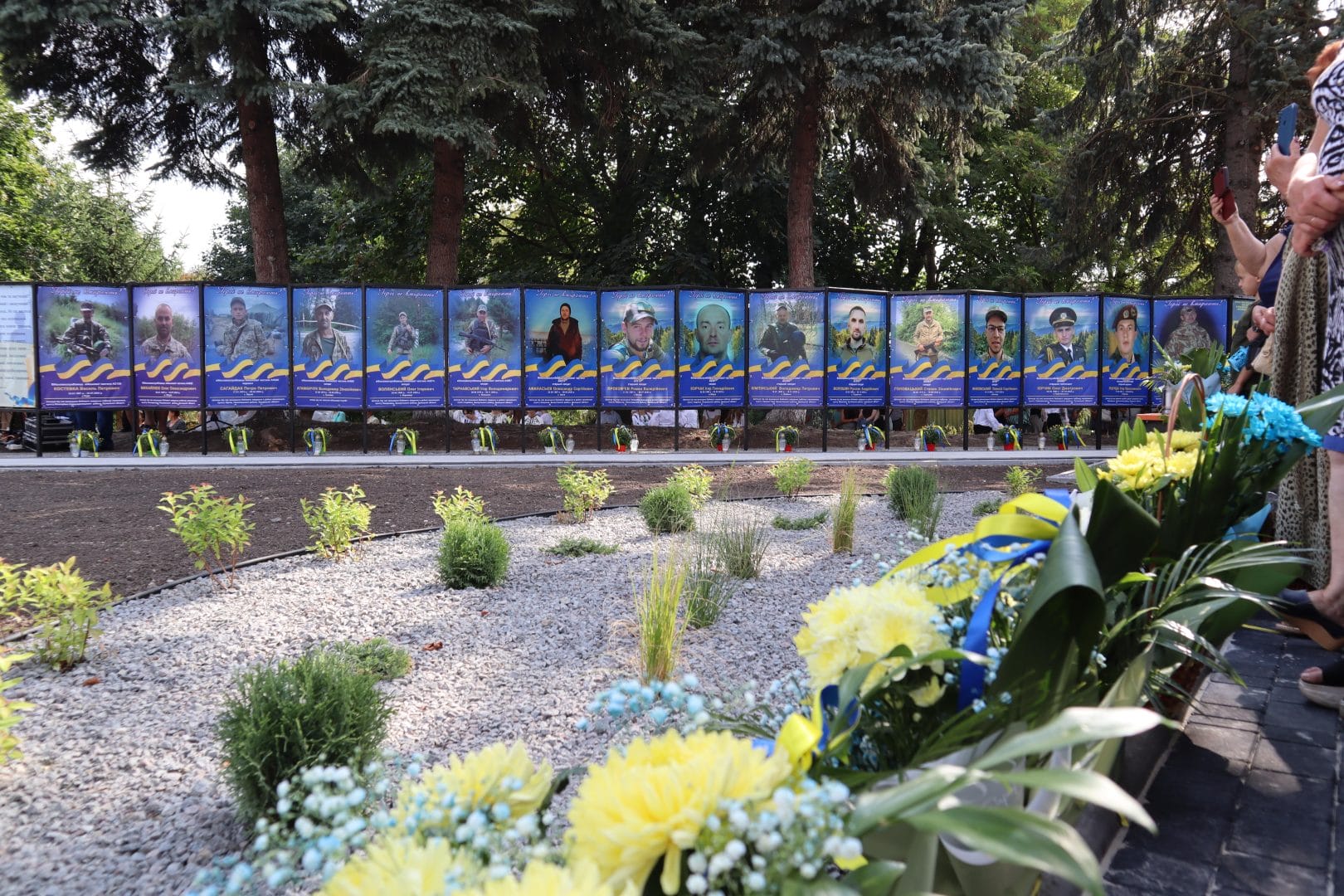
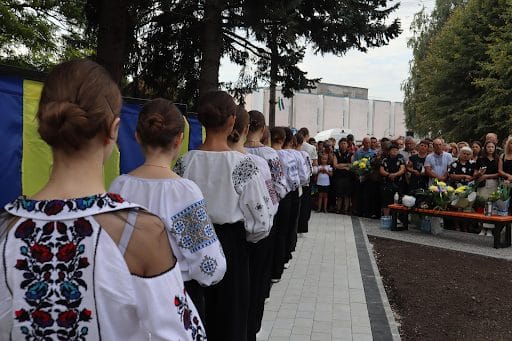
From the first days of the war, the volunteer headquarters worked actively. The community received many IDP families – some of them continue to live in the community, and some families stayed for some time and moved further. Currently, 891 displaced persons are registered in the community.
Community residents are always active when it comes to volunteering and helping Ukrainian defenders in combat positions. In particular, the Youth Congress works actively in this area. In 2021, the Youth Congress of the Zboriv community with its project “Increasing the social responsibility of young people in the Zboriv community” won the competition organized by the “U-LEAD with Europe” program. The project concerned training and creation of initiative groups of volunteers among the young residents of the community. 5 initiative teams of volunteers were created in the community, which started working with different categories of the population – children, pensioners, doctors, residents, low-income families, military personnel and their families.
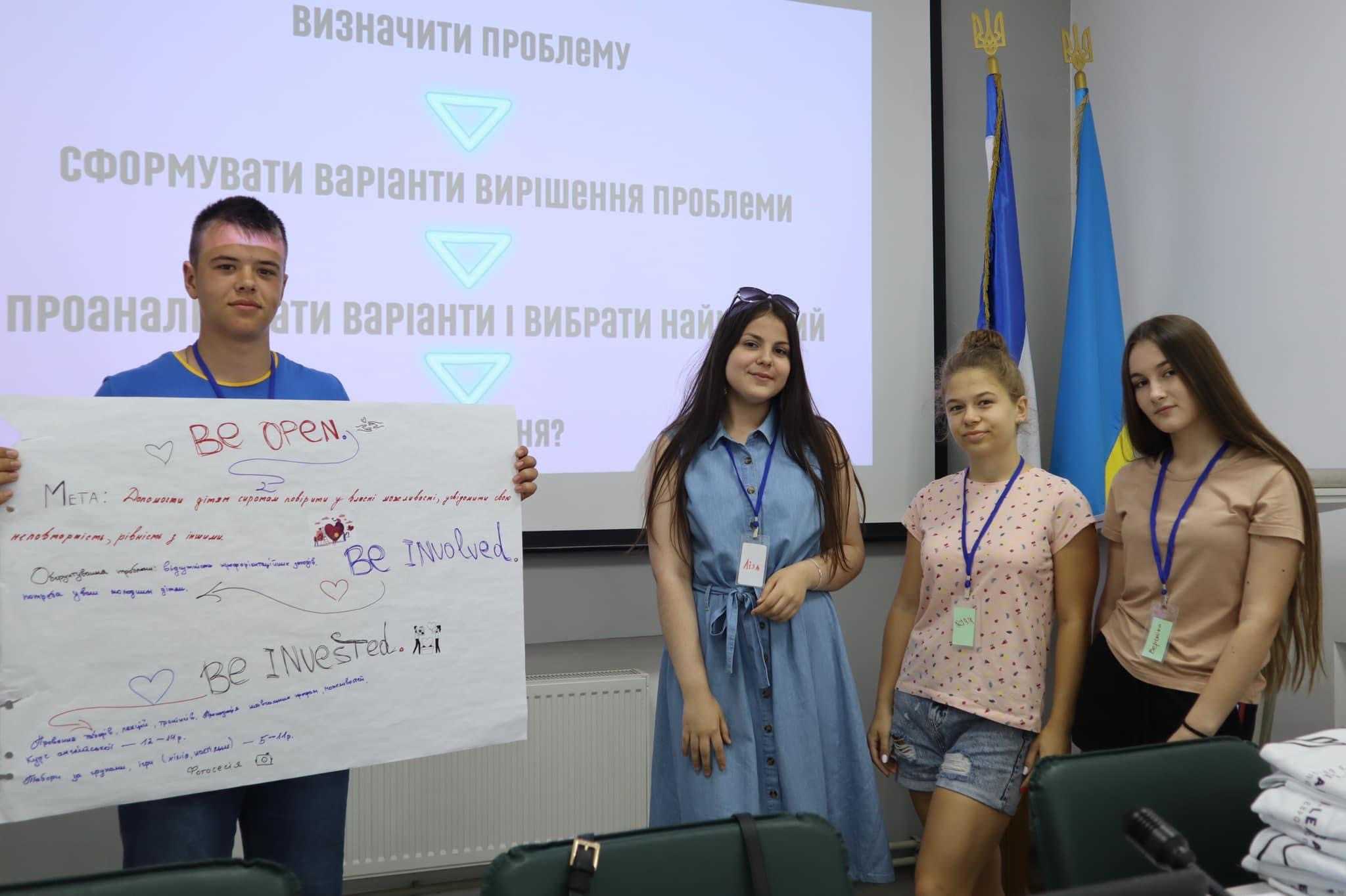
Foreign partners did not stand aside – the community receives volunteer aid from Norway and other countries, where the Ukrainians now live and care for their Motherland.
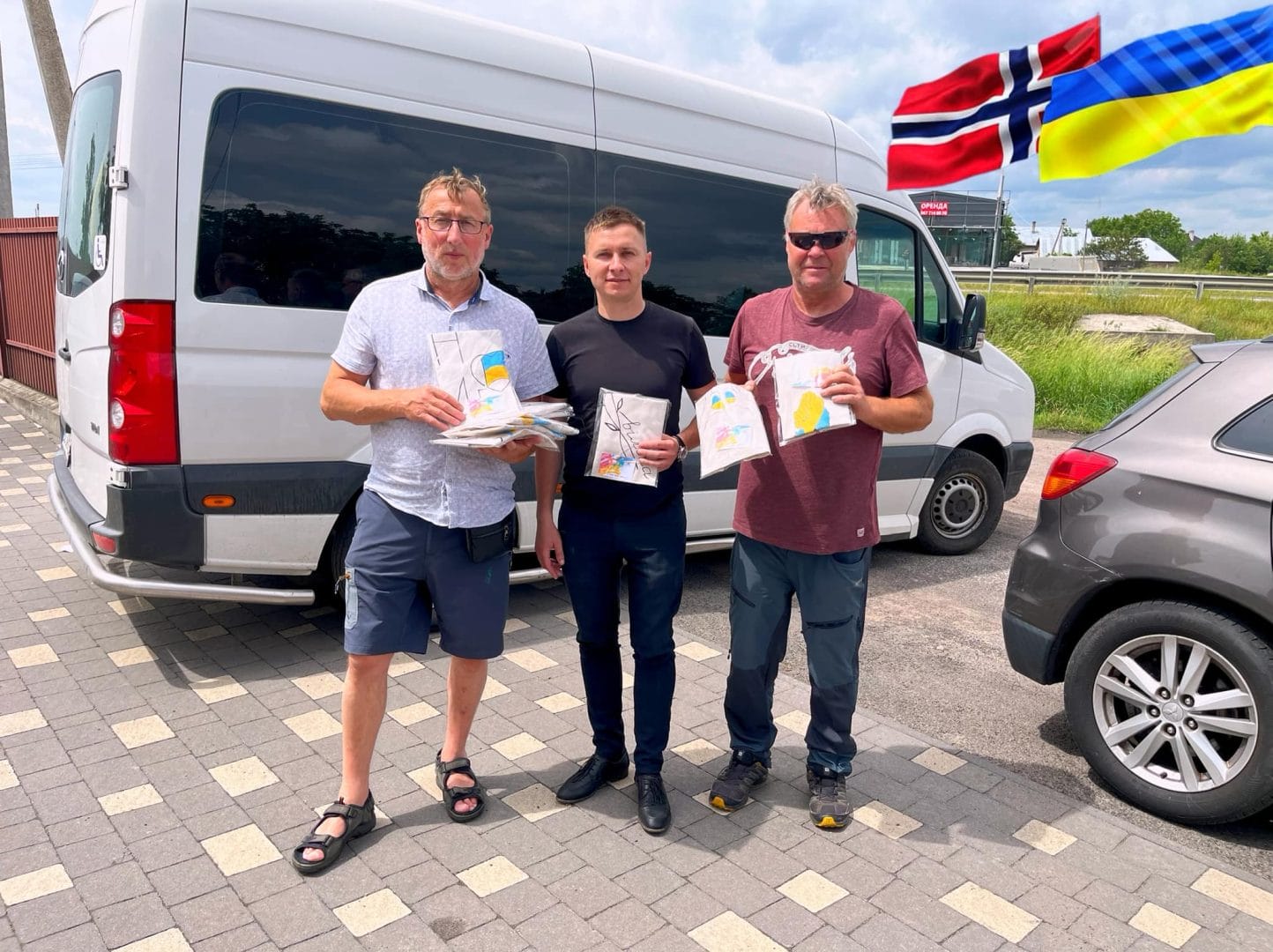
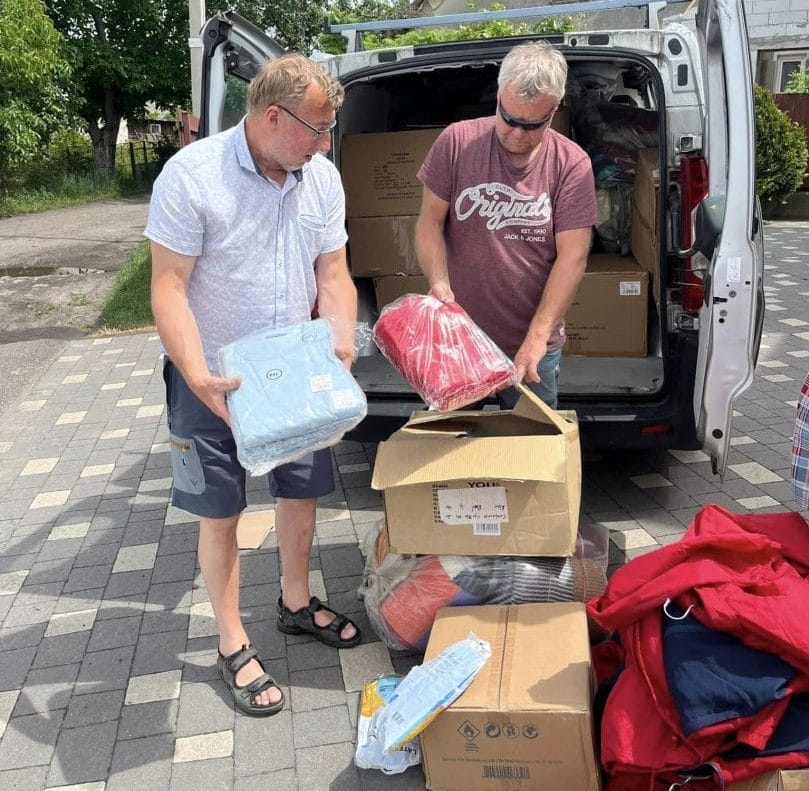

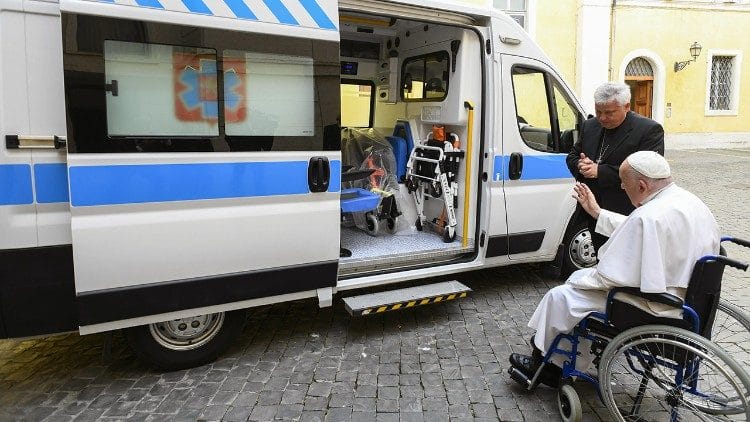
People of the Community
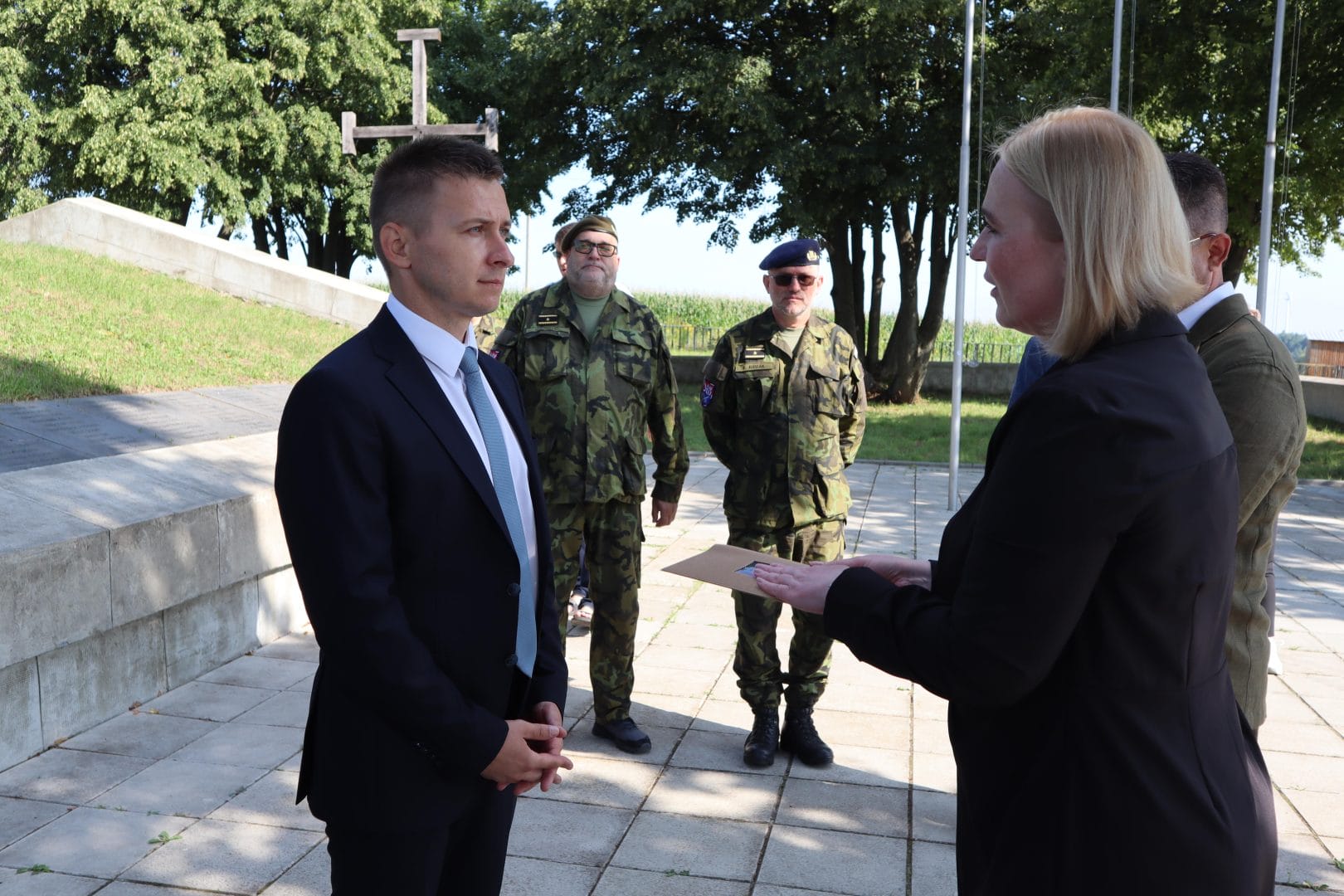
The first local elections in the community were held on October 29, 2017. Ruslan Maksymiv was elected as the head of the community. It was during his term of office that a united territorial community was created, because Ruslan Maksimiv was the mayor of Zboriv before the merger.
The creation of the Youth Congress was a powerful initiative for the community since it operates as a consultative, advisory and representative body on youth policy issues.

Development Strategy
The development strategy of the Zboriv United Territorial Community covers 4 interconnected areas: social and economic sphere, public utilities, environmental protection, and public and spatial management.
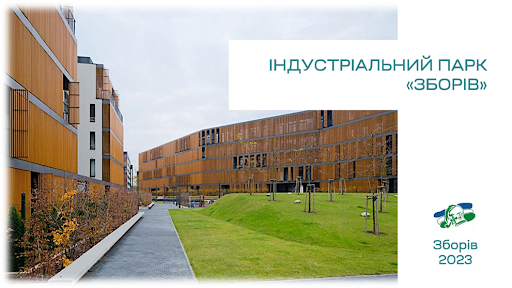
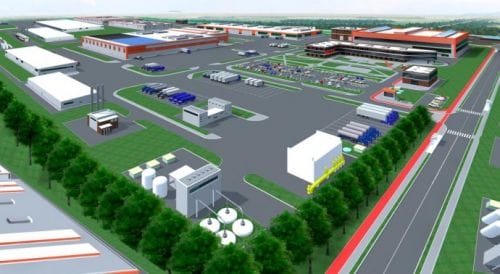
Currently, the project of creating the Zboriv Industrial Park on a land plot of 16 hectares is economically attractive and attractive for investment. For Zboriv, the creation of an industrial park is a very important project, because it ensures the sustainable economic development of the Zboriv territorial community through the formation of a single space with an equipped infrastructure for the placement of new objects of industry, innovation, logistics and related services aimed at ensuring economic growth, creating favorable conditions for attracting investments into the economy of the community, increasing the competitiveness of the area, increasing revenues to the budget of the community and the State Budget of Ukraine, as well as intensifying investment activities both in the community and in the region.
The community is also working on a project to create a swimming pool, which will provide for the creation of a space for the rehabilitation of military personnel who were injured as a result of hostilities. The project has an important social significance, because children and adults who want to swim or need rehabilitation are now forced to travel to another town.
List of Sources
- Website of the Zboriv Urban Territorial Community
- Official Facebook page of the Town Council
- Official Facebook page of the Mayor
- Official Facebook page of the Youth Congress
- Photo collection of the Youth Congress of the Zboriv Town Council
- Strategy of the Zboriv Territorial Community
- Google search box
